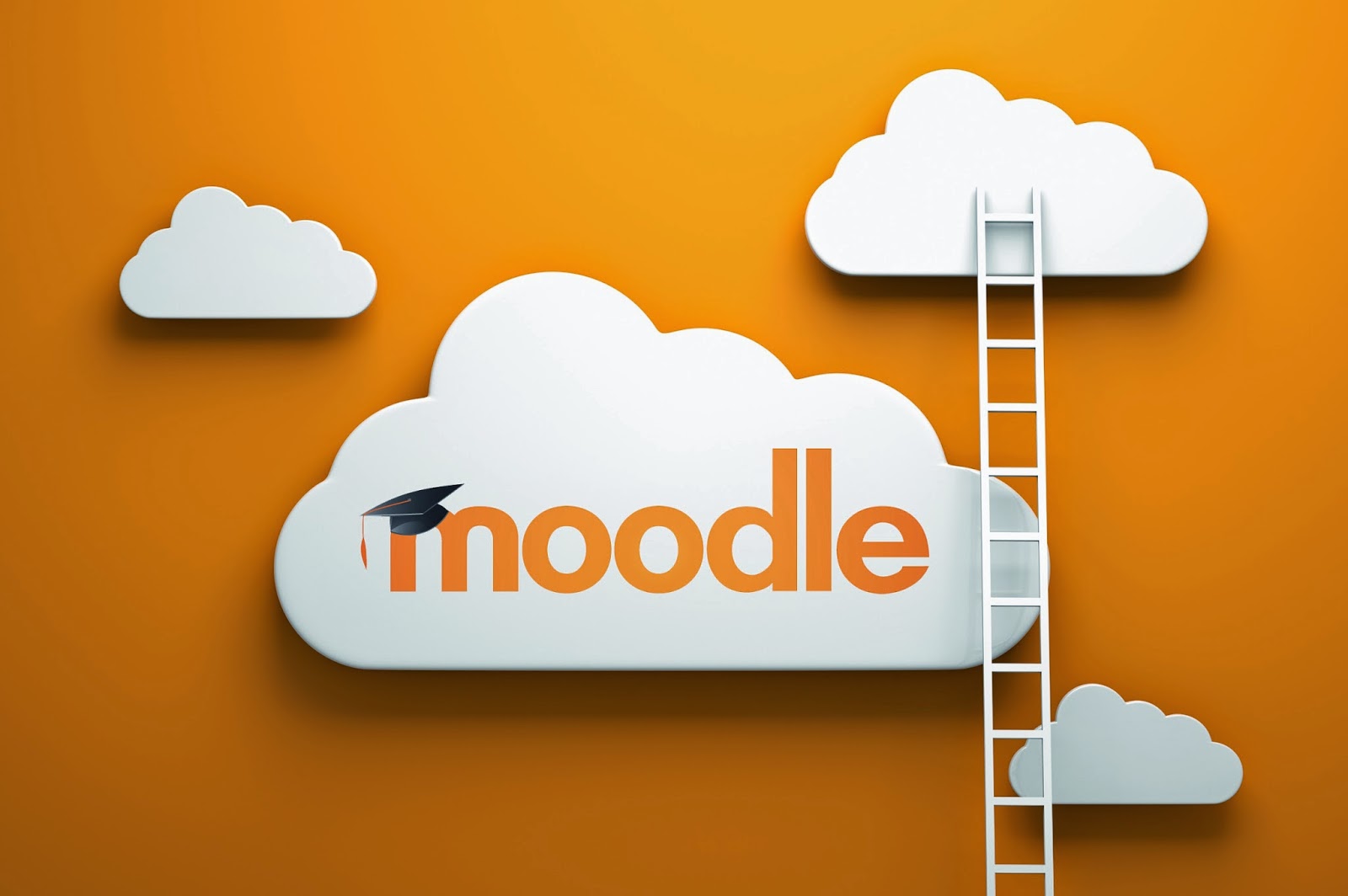Google Apps is a great tool for student use. On one hand, it's simpler to use and learn than the Microsoft Office Suite. On the other hand, its collaboration tools are amazing, and almost impossible to mimic with traditional Word or Excel. One creative way to use Google's sharing capabilities is through what is called a "back channel." A back channel is, in essence, a secondary conversation that is occurring in the background of a lesson or presentation, usually via some form of computer technology. For example, many large-audience presentors use a back channel to field questions from a 2000-member audience. Example Ms. Google has a great video for her Intro to Law class, the about the OJ Simpson trial (on VHS of course, so she has to go find a VCR). The video is challenging, and in the past, Ms. Google would often pause the video to make comments or ask questions. Today, she is using Google Apps as a video "back channel" discussion. Bef...
